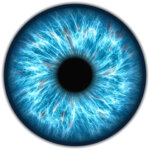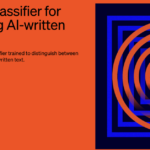Worldcoin down but not out
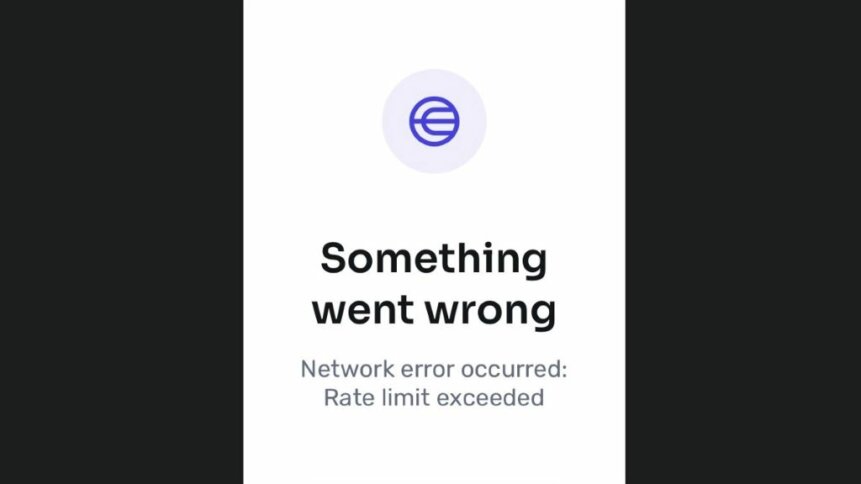
|
Getting your Trinity Audio player ready...
|
Worldcoin, founded by Alex Blania and Sam Altman – who are both still involved – and Max Novendstern, who left the company in 2021, has some lofty ambitions. As CEO of OpenAI, Altman has brought advanced chatbots powered by generative AI into the mainstream. And Blania, Worldcoin’s CEO, brings an intriguing mix of theoretical physics and protocol development skills to the project, which sets its sights on creating the biggest financial and identity network imaginable. However, its popularity encountered a speedbump this week, with Worldcoin going down on Monday 7th August.
But if Worldcoin being overwhelmed by demand is a measure of the global interest in the project, then Blania and Altman would have reason to view Worldcoin being down as another milestone in their journey. And the end goal is to solve the problem of verified humanness, which tackles the issue of identity in a world where telling the difference between human-generated and machine-made output is getting harder.
Why do we need a World ID?
Picturing a world where conversing with advanced chatbots – such as descendants of OpenAI’s game-changing ChatGPT – is indistinguishable from human interactions, having proof of personhood feels like a smart idea. In principle, interactions could then be labeled as human in origin to help people navigate what is likely to be a very confusing existence as generative AI becomes increasingly lifelike. But that raises the question, how do you verify a human?
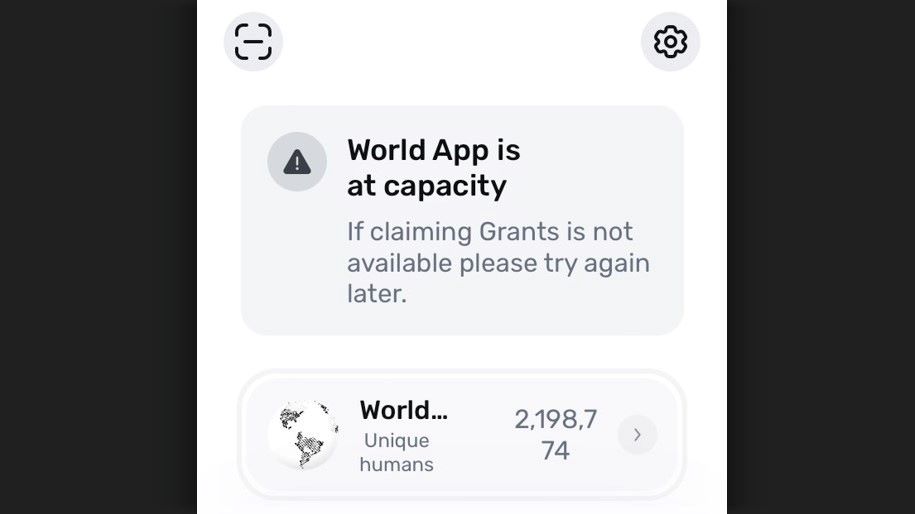
Maxed out: Worldcoin was down on Monday 7th August, 2023, and returned minus the capability to claim grants as developers worked to restore services.
Worldcoin’s approach is based on liveness detection, biometrics, and so-called zero-knowledge proofs that allow systems to validate whether something is genuine while preserving the privacy of that information. And privacy-preserving validation of personhood opens the door – Blania and Altman hope – to some radical concepts such as universal basic income (UBI), as signposted in the Worldcoin whitepaper.
In fact, according to that whitepaper, every human is eligible for a share of Worldcoin simply for being human. But distributing those tokens fairly is only possible if users can verify their humanness – asserting that they are real people and different from other real people.
Conventionally – for example, when interacting with regular institutions – that happens using know-your-customer (KYC) processes such as providing a birth certificate or passport. But the founding team’s concern is that this approach doesn’t scale. There’s also the issue of what happens if you don’t have those documents.
Considering alternative approaches, Worldcoin has opted for biometrics – specifically, iris recognition. And having a digital primitive based on the pattern of a user’s eye opens up the concept to a truly global audience.
Recall that Apple’s Face ID device unlocking feature carries a probability that one person in a million, other than you, could look at the infrared camera and gain access to the smartphone or tablet. And, although that probability sounds small – if you wanted to use that method as a proof of personhood on a global scale for billions of Worldcoin accounts, the risk of fraud would be too high.
A bridge to the real world
Hearing Blania and Altman speak, it’s clear that they can imagine a future where looking at pictures or video, or considering intelligence alone, won’t be sufficient to determine humanness. And they see World ID’s proof of personhood as a bridge to the real world, which is a good time to mention the Worldcoin Orb.

Shoreditch sign-up: it takes just a few minutes for users to download the Worldcoin app, agree to the T&C’s, and verify that they are human by standing in front of a Tools for Humanity Orb, which takes an infrared measurement to determine liveness and performs an iris scan. Image credit: JT.
Last week, when Worldcoin wasn’t down, this author gazed briefly into one of 2000 Orbs that have been produced by Tools For Humanity – a technology company building tools for the Worldcoin project. Custom designed, Worldcoin’s Orbs feature a range of sensors, an iris scanner, and contain local compute that turns images of the colored part of the eye surrounding the pupil into device-signed World IDs.
By presenting a digital World ID, users can assert that they are a unique human who has stood in front of a Worldcoin Orb, and for signing up they receive – depending on where they reside – a nominal amount of Worldcoin tokens. And this goes back to the idea that by offering rewards, users will be incentivized to make the network a success.
However, not everyone is so keen on the idea of a new global currency – notably, the US – and restrictions are in place that stop Worldcoin from issuing tokens to US residents. Also, in Europe, governments appear to share some concerns about the collection of sensitive information.
For example, the Information Commissioner’s Office (ICO) in the UK advises that “Organisations must conduct a Data Protection Impact Assessment (DPIA) before starting any processing that is likely to result in high risk, such as processing special category biometric data.” And, “Where they identify high risks that they cannot mitigate, they must consult the ICO.”
However, while the ICO has said in a statement on Worldcoin that it will be making enquiries, the independent body has dodged the question – based on the details of a freedom of information request – as to whether it has asked Worldcoin for a copy of its DPIA.
Worldcoin is processing biometric data, but the processing – the conversion of the iris scan into a unique World ID – takes place locally on the Orb via a neural network embedding. And it’s interesting to note that the hardware, while custom-designed to capture sufficiently high-resolution images capable of preserving uniqueness on a global scale, has been engineered to be resistant to physical attacks.
Blania, who has knowledge of how the Orbs have been engineered, revealed that the units make use of multi-spectral imaging and time-of-flight measurements to confirm that they are looking at real humans. And when proof of personhood takes place, it’s using an iris code that he describes as providing extreme privacy.
The zero-knowledge proofs in the protocol are intended to separate a user’s identity from any requests made to the World App for human verification.
How do I sign up for a World ID?
Practically, users need to book an appointment where they can visit a Worldcoin Orb near them and download the World App on their smartphone. The World App generates a QR code, which – in effect – says that the user is (potentially) the rightful owner of the World ID. And showing the QR code to the Worldcoin Orb initiates the final stage of the enrolment process – proving the person signing up is human.
Under the hood is the generation of key pairs – one pair for the World ID and another for a cryptocurrency wallet. And the zero-knowledge proof rests on whether the digital codes are part of a known set – in other words, proof of inclusion.
Considering use cases, solutions like World ID – and it should be said that there are other projects too, developing proof of personhood tools (Quadrata, Humanbound, and Proof of Humanity are just a few examples) – pave the way for authors to identify content as human-created. And others could use their proof of personhood to endorse human-badged creations.
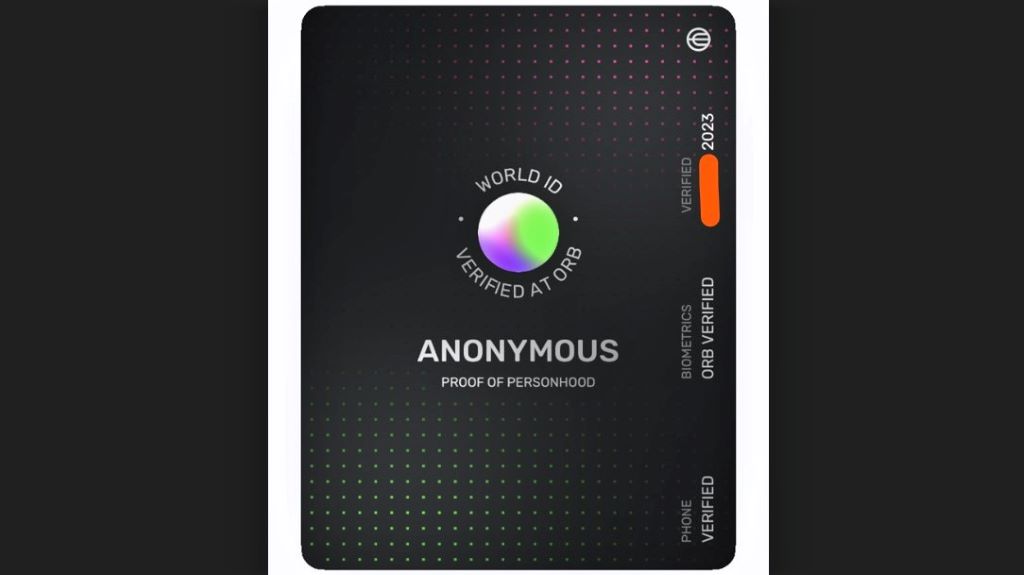
Real deal: Orb verified users receive a proof of personhood, which can be viewed digitally on the World App and is linked to their World ID.
The Worldcoin project has attempted to design the protocol so that it can be scaled to all of humanity. However, until that backend becomes decentralized – for example, to piggyback on the benefits of federated computing – there will no doubt be growing pains to keep pace with interest in the project. And that’s been seen this week with Worldcoin down, and having to throttle functionality.
At the time of writing, the World App remains at capacity, according to a warning notification displayed on the World ID page of this author’s device.






